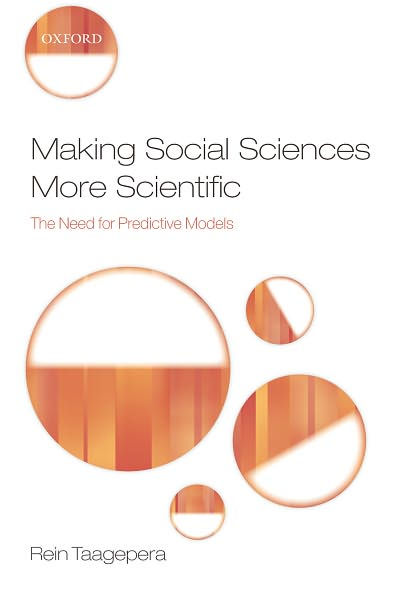5
1
9780199534661



Making Social Sciences More Scientific: The Need for Predictive Models available in Hardcover, eBook

Making Social Sciences More Scientific: The Need for Predictive Models
- ISBN-10:
- 0199534667
- ISBN-13:
- 9780199534661
- Pub. Date:
- 09/15/2008
- Publisher:
- Oxford University Press
- ISBN-10:
- 0199534667
- ISBN-13:
- 9780199534661
- Pub. Date:
- 09/15/2008
- Publisher:
- Oxford University Press

Making Social Sciences More Scientific: The Need for Predictive Models
$145.0
145.0
In Stock

Product Details
| ISBN-13: | 9780199534661 |
|---|---|
| Publisher: | Oxford University Press |
| Publication date: | 09/15/2008 |
| Edition description: | New Edition |
| Pages: | 232 |
| Product dimensions: | 9.10(w) x 6.00(h) x 0.90(d) |
About the Author
From the B&N Reads Blog
